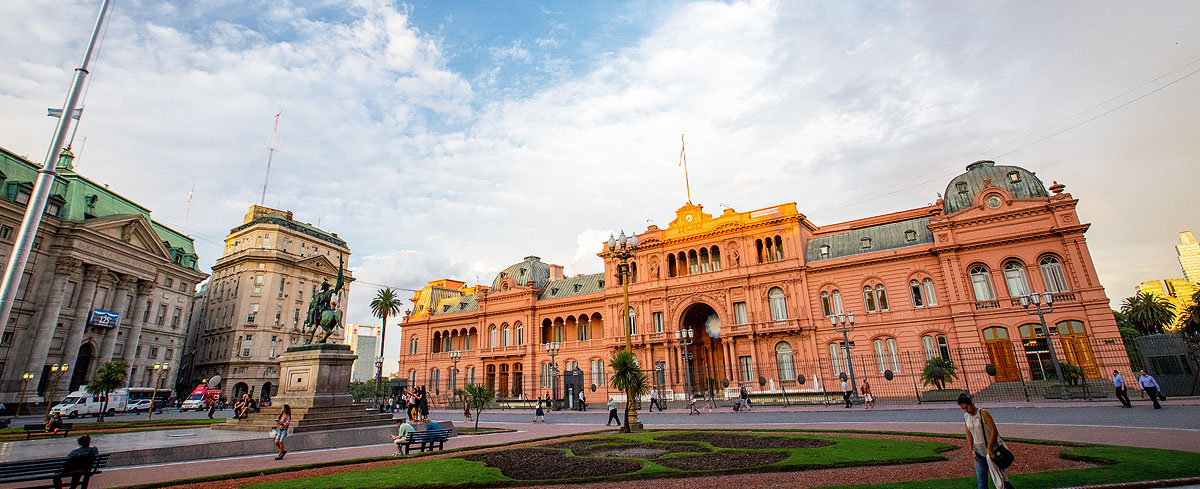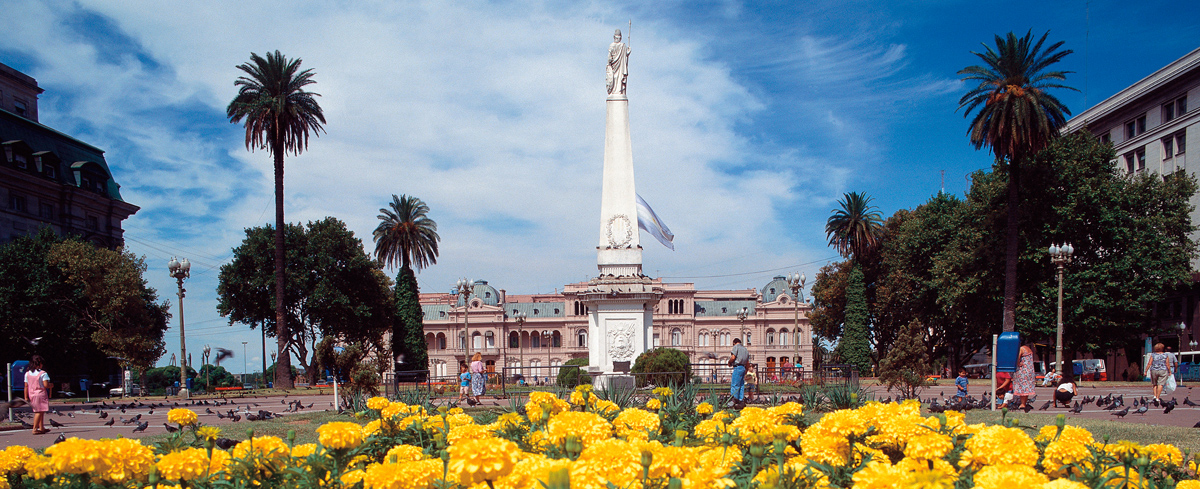National Congress
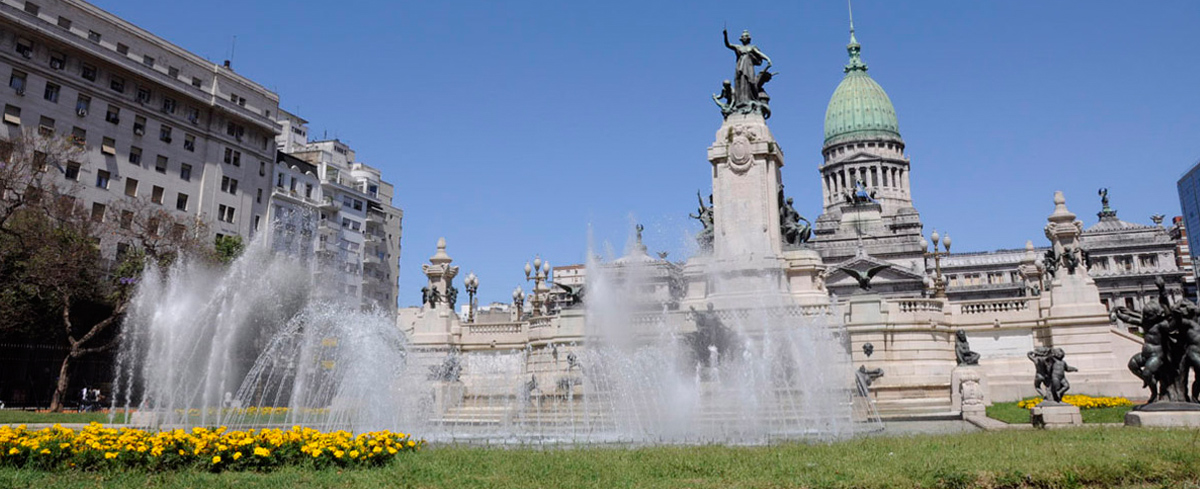
(Av. Rivadavia 1864)
The legislative power aproved Victor Meano's project for a new National Congress building in 1895. The building was inaugurated in 1906 but it wasn't finished until 1946.
In front of the building is the Plaza de los Dos Congresos named after a monument in its centre which recalls the Assembly of 1813 and the Congress of 1816 - historic moments in Argentina's history, marking milestones including the freedom of wombs, the national shield, flag and anthem and the abolition of titles of nobility. The female figure depicted stepping on a serpent represents the Republic. The monument was inaugurated in 1914.
Casa Rosada

The first person to step out on to the central balcony was Julio A. Roca (president in 1880-1886 and 1898-1904), who made the gesture a tradition for the presidents that followed him. In 1886 the building was connected to the neighbouring central post office building by means of the central arch, which was designed by architect Francisco Tamburini, giving the building the structure it maintains to this day. The newly complete building was officially inaugurated in 1898.
Plaza de Mayo
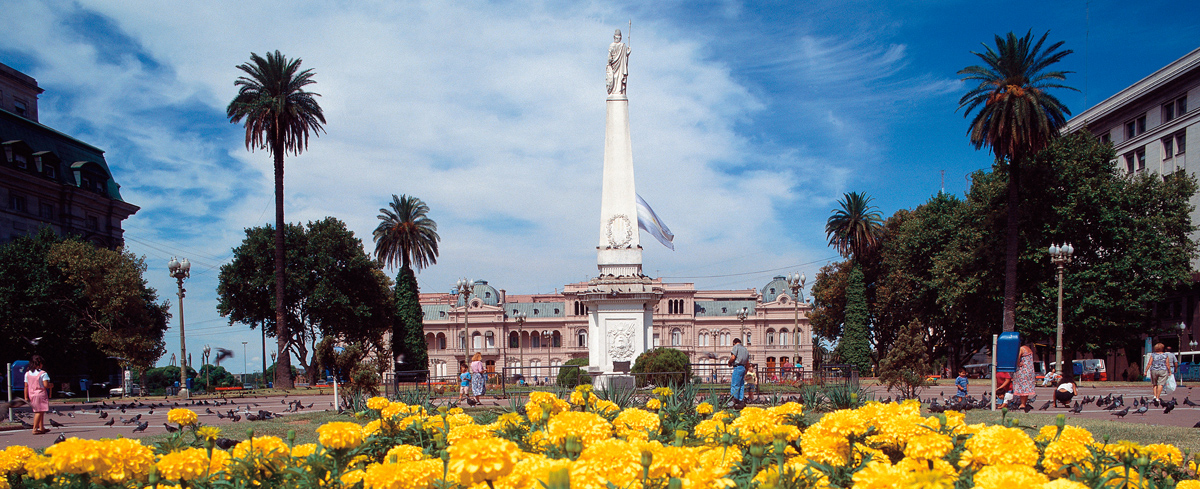
The Casa Rosada faces Plaza de Mayo, which has been the scene for many important political moments. The square was bombed in 1955 resulting in 308 deaths in an attempted coup against the president Juan Domingo Perón. It is also here that the Madres de Plaza de Mayo first met in 1977 to demand answers about their missing children during the country’s last dictatorship. On the occasion of their first meeting, they were forced to leave the square but they continued to fight, establishing a tradition that continues today, with the mothers group still meeting every Thursday at 3.30pm to walk around the May Pyramid in a demonstration demanding truth, remembrance and justice for their children.
The centre of the square was the stage of another political ítico. There is a plaque that states that within is a message written by hand by then president Juan Domingo Perón in 1948 addressed to the youth of Argentina in the year 2000. In 1955 the message was exhumed by the dictatorship that had overthrown Perón, but Perón himself revealed what the message said. It finished with the line: “God willing, on reading this message from a humble Argentine who loved his country and tried to serve it with honour, you, brothers of the year 2000, can cast your eyes over the great Argentina that we dreamed of, and which we lived, fought and suffered for.”
Cabildo
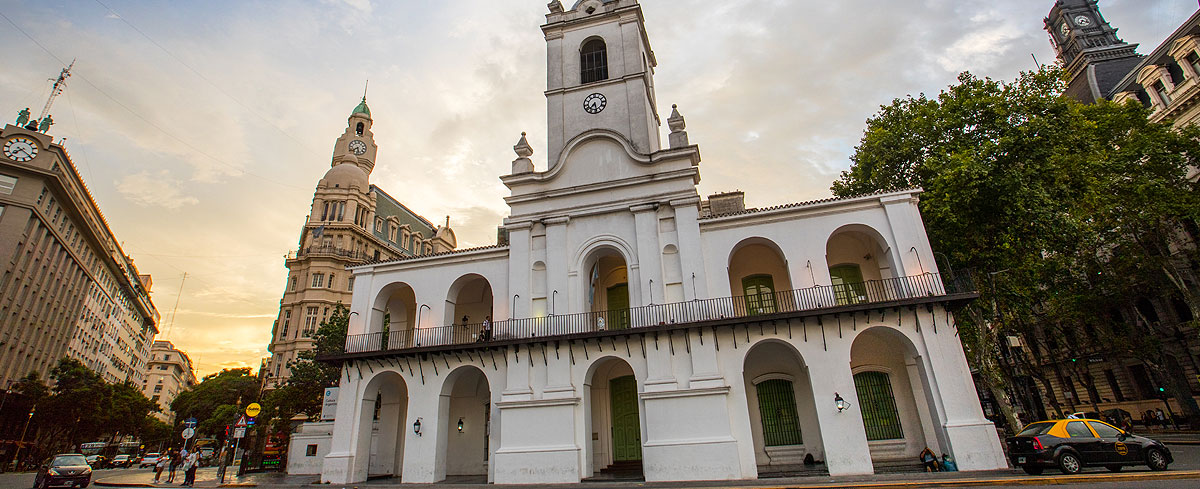
(Bolívar 65)
This is the site where Argentine politics were born. It was here that the 1810 revolution against Spanish colonial rule began and where the first national government was formed - a first step towards Argentina’s independence which was declared six years later. At the historic “open cabildo” of 1810, local leaders voted against the Spanish government and formed a junta led by Cornelio Saavedra and the secretaries Juan José Paso and Mariano Moreno. The building has been modified since then, with several archways being demolished to make way for the streets Avenida de Mayo and Diagonal Norte, but five of the original colonial arches remain.
Palacio de la Legislatura
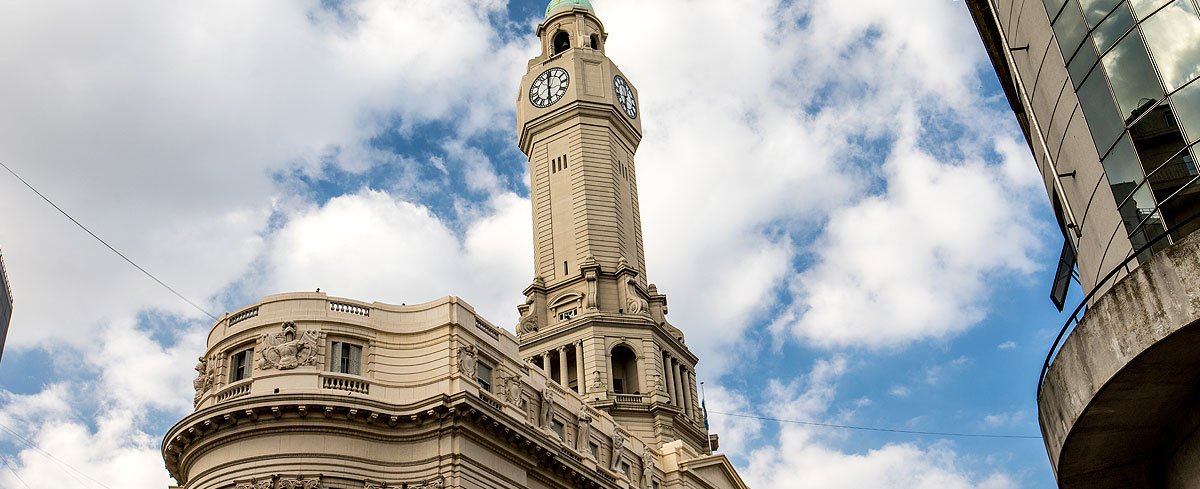
(Perú 160)
Buenos Aires City has the same hierarchy as each of Argentina’s provinces, and has its own legislative power. The first stone was laid was by the then president Marcelo T. Alvear of the Radical Party in 1926 and the building was finally inaugurated in 1931, at a time that the legislature was not sitting because of a military dictatorship at the time. Later, during the presidency of Juan Domingo Perón the building was used as the Secretary of Work.
Parque Las Heras
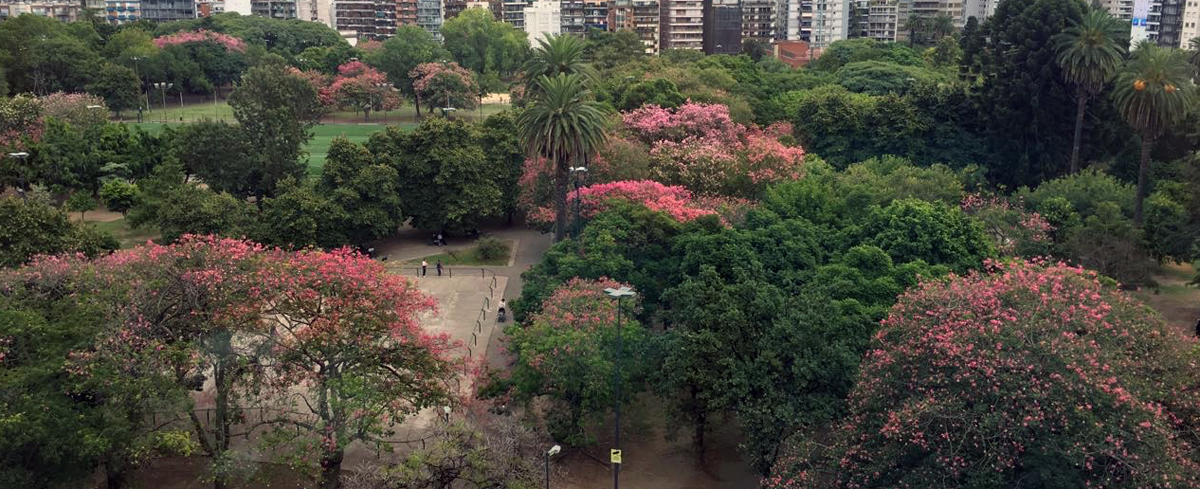
Relaxing in this pleasant city park today it’s perhaps hard to imagine the many bloody events that took part on the site when it was the location of Argentina’s national penitentiary. Italian anarchist Severino Di Giovanni received his death sentence here in 1931, owing to martial law imposed in 1930, and General Juan José Valle was executed here by the dictatorship in 1955, along with other military officers and civilians. The site today is a long way from these bloody episodes.
Former presidential residences
(11 de septiembre 1240 and Libertad 1200)
Victorino de la Plaza (president from 1914 to 1916) lived at Libertad number 1236 in a home that was so large it’s now used as a school for Argentina’s intelligence services, right in the heart of the Recoleta neighbourhood. The use of the former presidential residence of Marcelo T. de Alvear (1922 - 1928) is also curious. Located at 11 de Septiembre number 1240, on the border of Palermo and Belgrano, it’s now home to the private schools Esquiú. The Radical Party politician was in France when he was elected and he decided to rent this property from Oddo Picciafuoco, who lived nearby.
Recoleta Cemetery

(Junín 1760)
The remains of several former presidents rest in what is one of the world’s most famous cemeteries. They include Raúl Alfonsín, the president who led Argentina’s transition back to democracy, serving from 1983 to 1989, and whose wake was attended by 80,000 people when he died in 2009, as well as the remains of the earlier presidents Sarmiento, Hipólito Yrigoyen (whose coffin was carried through the city from his house in the neighbourhood of Constitución) and Arturo Illia. The cemetery also houses an imposing pantheon dedicated to the fallen in the revolution of 1890, a civil-military insurrection that defeated the government of Miguel Juárez Celman, and the tomb of Facundo Quiroga, the strongman governor of Entre Ríos province who was killed in 1835 as he mediated in a civil war between the provinces of Tucumán and Salta. In 2007 a multidisciplinary team entered the basement of the tomb and found his coffin standing up with a sword plunged through its centre, they say, so that he would suffer in the after life. Of course, more famous than any of the presidents and politicians in the cemetery, is the tomb of the former first lady Evita Duarte de Perón, which is one of the most visited.
See all the locations on the map below.
